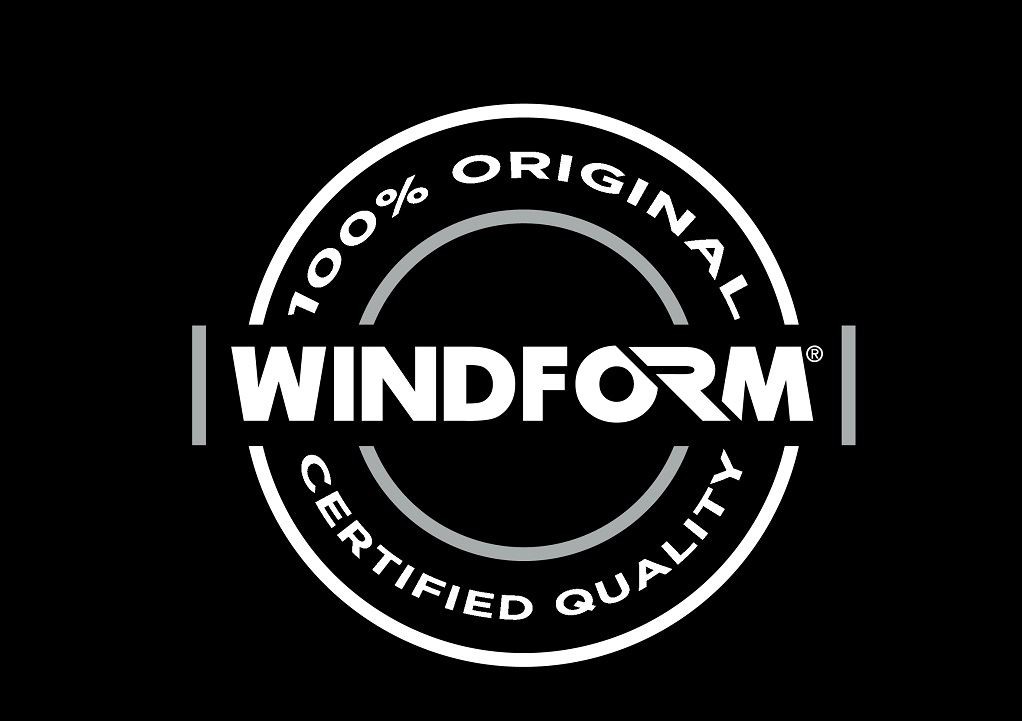![[Image: CRP]](https://fabbaloo.com/wp-content/uploads/2020/05/timbroWF10025fondonero_img_5eb09ba0af82c.jpg)
CRP has announced a change in commercial policy for Windform materials.
We’ve been thinking lately about availability in 3D printing. When does it make sense for a 3D printer manufacturer to offer its machines through a reseller, and when directly? It turns out we should be broadening the question to materials availability as well.
Windform composite materials offer specialized capabilities in 3D printing, including high strength, the ability to be CNC milled, and functional use in applications from aerospace and racing to medical.
But now CRP Technology, the company behind Windform, has adjusted its strategy for availability. Today they announce:
“Windform composite materials will no longer be sold to service bureaus for the toll-manufacture of 3D printing components.”
But
“Windform composite materials will continue to be available and on sale for companies that directly produce their own components (OEMs), with the usual reliable support of CRP Technology for installation and assistance.”
And
“CRP Technology and CRP USA will continue to offer 3D printing service producing parts and components in Windform (CRP Technology for the European and raw markets, and CRP USA for the US and North American markets).”
The move away from non-CRP services is an intriguing one, as service bureaus have become an important avenue for additive manufacturing. Many clients who need specialized, one-off, or otherwise expert-driven manufacture turn to service bureaus for their needs. These companies tend to have relatively large installed bases of a variety of technologies, most with 3D printing as part of a larger suite of manufacturing capabilities.
Use of a service bureau can be either a foot in the door for a user who isn’t quite ready yet to install equipment of their own or a way of accessing more unique processes and materials. And Windform is, as a high-performance material, an investment unto itself. Companies directly putting Windform to use for their own components tend to have significant investment into doing so, in applications where pricey materials are the best fit for their required performance. For other users, who might not need the quantities of the powder for just a few parts, going through a service bureau may have been the best fit for their usage.
The second part of the strategy announcement does ensure that those preferring or requiring a 3D printing service to make parts with Windform will still be able to order these — just through CRP.
The company says that the move is to “ensure the highest quality in the manufacture of 3D printed components in Windform.” Putting all service availability through their own teams means that CRP has direct oversight of its use.
CRP has increased production capacity in Europe and in the US, noting that it is ready to handle an uptick in volume.
While surely the move, as a strategic board decision, will also benefit CRP from a business perspective, the announcement focuses on access to quality. CRP explains:
“The recent achievement of the ISO 9001: 2015 standard (regarding the manufacture of 3D printed parts and the production of Windform composite materials for SLS technology) is in line with the new strategy decided by the board management, as well as the quality of the production process achieved from CRP Technology.”
ISO standards are, well, standard in manufacturing. Having ISO certifications is an expectation for standard manufacturing operations. But 3D printing still isn’t standard in manufacturing. It’s still news, today, when a company announces its ISO 9001:2015 certification for 3D printing operations.
Should it be exciting? Really, no, it should be an assumption, as additive manufacturing continues its crawl toward mainstream manufacturing. But crawl before walking, walk before running, and all: ISO certification is a (very important) step along the process. And certainly a rising number of 3D printing service bureaus have achieved ISO certification.
But, it would seem, the standard still isn’t quite standard enough yet in 3D printing. Most of the ISO announcements we’ve heard recently have been recent indeed, with Sculpteo and Precision ADM introducing their ISO standings in December, Ultimaker in November — and, indeed, CRP last month.
Via CRP











